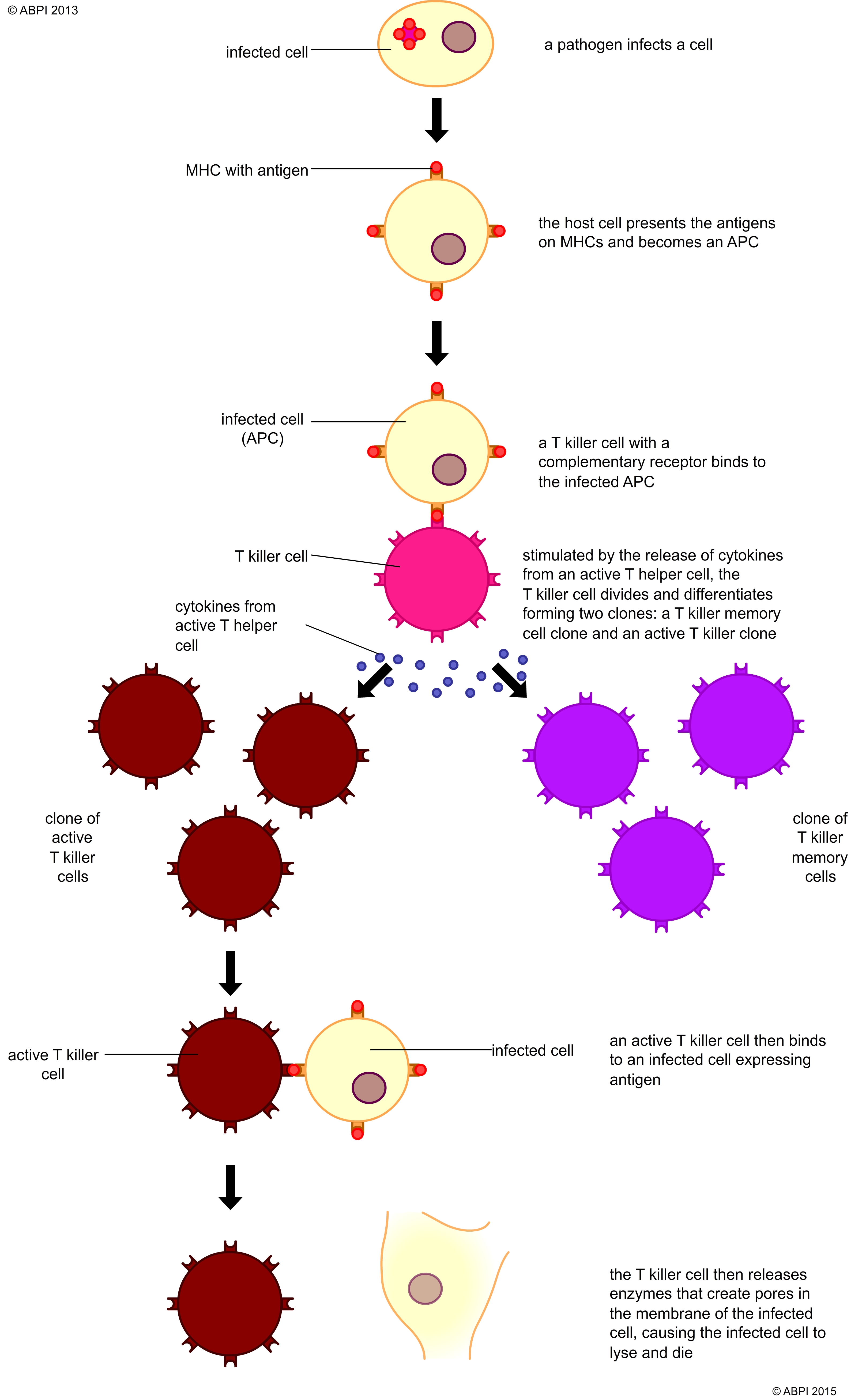This topic takes on average 45 minutes to read.
There are a number of interactive features in this resource:
 Human biology
Human biology
The cell-mediated response is triggered by cells that have changed in some way rather than by the pathogens themselves. This is the mechanism the immune system uses to remove cells infected with viruses or other pathogens – the humoral response is less good at detecting and dealing with pathogens inside the body cells. The cell-mediated immune system also detects and destroys cells that have mutations that might lead to cancer.
T helper cell activation plays an important part in the cell-mediated response. It happens in the same way for both the humoral and the cell-mediated immune response.
